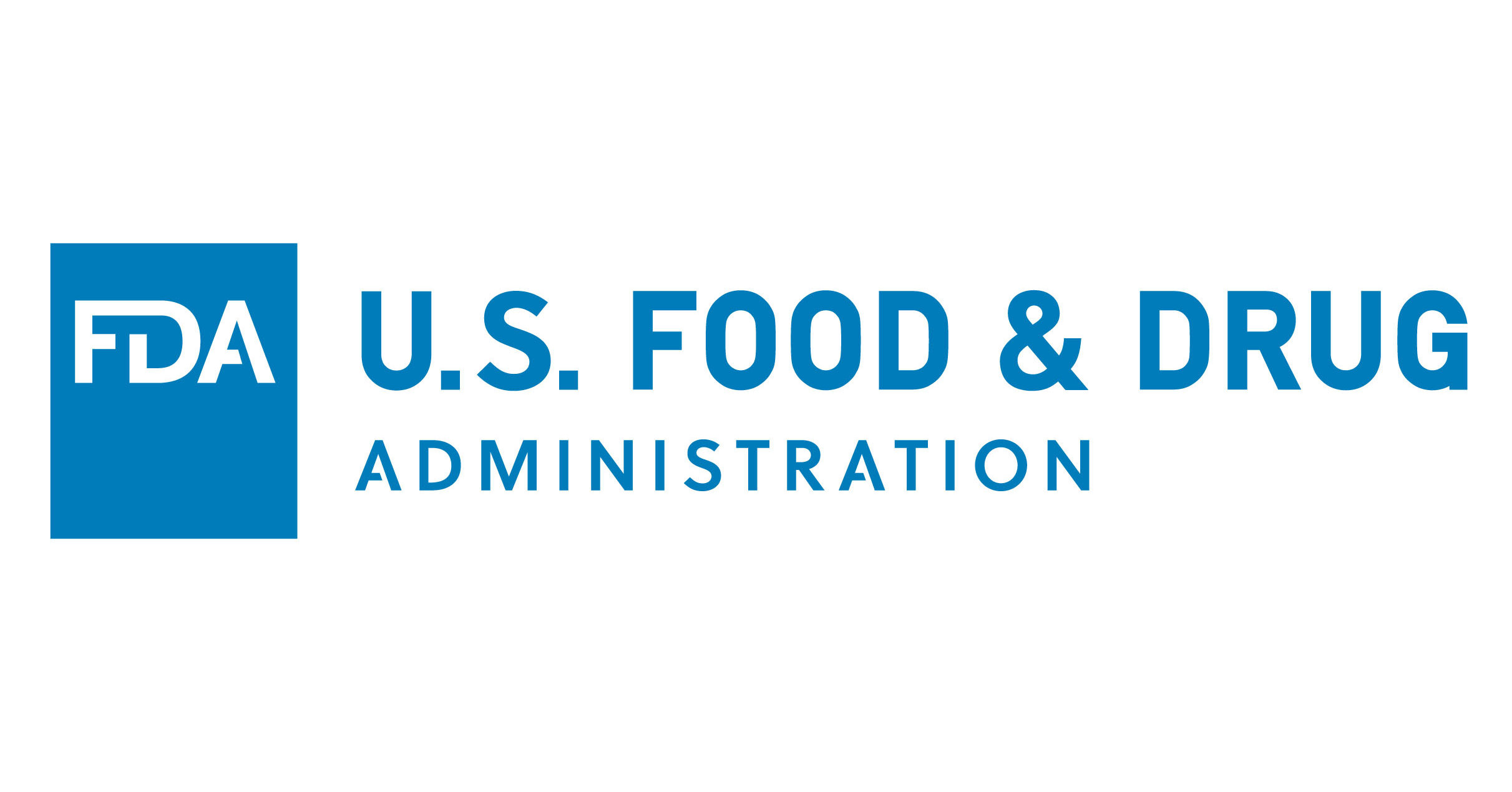SILVER SPRING, Md., June 9, 2023 /PRNewswire/ — Today, the U.S. Food and Drug Administration is providing an at-a-glance summary of news from around the agency:
- Today, the FDA provided information to health care providers and facilities on oxygenator devices used in extracorporeal circulation. The FDA issued this letter to help ensure that health care providers and facilities are aware of a recall notice by Getinge/Maquet for Quadrox Oxygenators and have information about alternative devices. The Letter to Health Care Providers includes important information about this issue, including:
- Recommendations for health care providers and facilities
- Actions the FDA is taking to address the issue
- How to contact the FDA if you are having any issues with oxygenators
- On Thursday, the FDA approved an expanded indication for the Inspire Medical Systems’ Inspire Upper Airway Stimulation (UAS) System to include an updated apnea hypopnea index (AHI) and body mass index (BMI) threshold. The safety and effectiveness data available now increases the AHI baseline to 100 and a BMI level of 40 for adult patients with moderate to severe Obstructive Sleep Apnea (OSA). This device is an implantable nerve stimulator that detects the patient’s breathing pattern and maintains an open airway with mild stimulation of the nerves of the tongue. The patient, using a “remote control”- like device turns therapy on before sleep and turns therapy off on awakening. The UAS implant was initially approved in 2014 to treat certain patients, 22 years of age or older with moderate to severe OSA and in 2020, the indication was expanded to include certain adolescent patients between 18 and 21 years of age with moderate to severe OSA. In March, the indication was expanded to add certain pediatric patients, between 13 and 18 years of age, with Down syndrome and OSA.
- On Thursday, the FDA updated the Medical Device Shortages List webpage. The updates include:
- Devices that were removed from the medical device shortage list
- Coil, Magnetic Resonance, Specialty, MRI breast biopsy grid plate only (product code: MOS)
- Breast Biopsy / Localization Tray, MRI breast biopsy grid plate only (product code: PXP)
- Guide, Needle, Surgical, MRI breast biopsy grid plate only (product code: GDF)
- Devices with a change to estimated shortage duration
- Prefilled Saline Flush Syringes (product code: NGT)
- Devices that were discontinued
- Some catalog numbers of one trade name of automatic external defibrillator (product code: MKJ)
- Multiple trade names of Assisted Reproduction Labware – Testing Supplies & Equipment (product codes: MQK and PUD)
For information about how the FDA determines it is appropriate to remove product codes from the device shortage list, please visit our webpage Supply and Shortages of Medical Devices: Frequently Asked Questions. In times when 506J notifications are not required, the FDA has more limited information about potential disruptions in the domestic supply of critical devices and has more limited ability to determine the extent and duration of shortages of critical devices.
- On Monday, the FDA cleared for marketing the Elecsys Total-Tau Cerebral Spinal Fluid (CSF) and Elecsys ß-Amyloid (1-42) CSF II tests for the detection of amyloid plaques in patients aged 55 years and older being evaluated for Alzheimer’s disease (AD). Amyloid plaques are abnormal accumulations of β-amyloid in the spaces between nerve cells in the brain. The test is intended to be used in conjunction with other clinical diagnostic assessments to help health care providers determine whether a patient has AD. While a positive test result does not establish a diagnosis of AD or other cognitive disorder, a negative test result reduces the likelihood that a patient’s cognitive impairment is due to AD. The Elecsys CSF tests add to the increasing arsenal of clinical laboratory tests available to assist in the evaluation of patients with cognitive disorders such as AD.
- This week, the FDA sent to Congress its Report on Drug Shortages for Calendar Year 2022, the tenth annual report, to summarize major actions taken by the agency to prevent or mitigate drug shortages in the United States. 2022 was a challenging year for shortages as manufacturers in the U.S. and abroad continue to experience quality issues and capacity constraints. The FDA also saw an additional strain on the pharmaceutical supply chain as demand increased for numerous drugs because of the COVID-19 pandemic combined with a challenging flu and respiratory virus season. Considering these challenges, the agency made a significant impact in helping to prevent or mitigate drug shortages. During CY 2022, there were 49 new shortages, and the FDA helped prevent 222 potential shortages.
- On Tuesday and Wednesday, June 13-14, the FDA will host the 2023 Science Forum. This year’s forum, Advancing Regulatory Science Through Innovation, will feature talks from FDA science experts across the agency under 8 topics that highlight groundbreaking research that contributes to regulatory science discoveries. The virtual event will be kicked off by a keynote speech by Dr. Murray Lumpkin, Deputy Director of Integrated Development, Bill & Melinda Gates Foundation, and feature virtual poster sessions with downloadable content. The Science Forum is open to the public. To learn more about the program agenda and to register for the event, please visit the 2023 Science Forum web page.
Additional Resources:
Media Contact: FDA Office of Media Affairs, 301-796-4540
Consumer Inquiries: 888-INFO-FDA
The FDA, an agency within the U.S. Department of Health and Human Services, protects the public health by assuring the safety, effectiveness, and security of human and veterinary drugs, vaccines and other biological products for human use, and medical devices. The agency also is responsible for the safety and security of our nation’s food supply, cosmetics, dietary supplements, products that give off electronic radiation, and for regulating tobacco products.
SOURCE U.S. Food and Drug Administration


